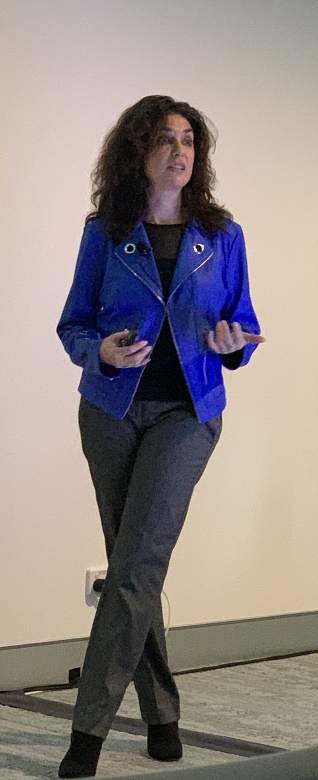
Failure to share data can stifle productivity but a culture of sharing can be encouraged by understanding the reasons for it occurring, a technology conference has heard.

Research shows that organisations that share data do better, Lydia Jones, Senior Director Analyst at Gartner says.
Most often human behaviour, rather than processes or technology, lies at the heart of poor data sharing practices, she told Gartner’s Data and Analytics Summit in Sydney on Monday.
She identifies three key themes: the internal problem of data hoarding, the external problem of data hijacking, and the cultural problem of privacy shaming.
Data hoarding is one of the key factors to get in the way of data sharing.
“Data hoarding is the decision to withhold data by an internal actor, really as a by-product of fear,” Ms Jones said.
“There’s just something about data that make people want to hold onto it.”
Ms Jones says it’s important to identify the data hoarders in an organisation and find out why they do it.
“If you can identify the data hoarders in your organisation, think about the context and ask why. Is it a misplaced fear?” she said.
“Understanding why people hoard data will lessen that challenge and hopefully lead to a more productive environment and a culture of sharing.”
Data hijacking
Data hijacking can occur when an organisation gives external parties exclusive use of their data, often through entirely legitimate contractual arrangements.
“Data hijacking is about an external third party that is taking the data that is rightfully belonging to somebody else, but through a completely legitimate commercial means.”
This can be prevented by organisations understanding their supply chain and being clear about the rights they have to their data.
“Make sure you’re not being contractually restricted from accessing your own data, particularly after a transaction,” Ms Jones said.
“It’s really about knowing your data supply chain and knowing what rights you have to the data, and working with your legal counsel.”
Privacy shaming
Privacy shaming can also limit data sharing. Ms Jones describes this as “a nefarious attempt to change behaviour by making humiliating comments about data sharing initiatives by invoking privacy as the global pancea”.
In essence, this occurs when privacy concerns are “weaponised” to shut down an otherwise appropriate data sharing activity.
“There’s so much hype about privacy, and there’s so much that’s misunderstood about it, that’s it’s easy for somebody to weaponise it in a conversation to say, ‘well, we can’t share the data because of privacy’,” she said.
This can be countered by changing the privacy narrative to reduce the hype, she says.
Data management and governance as enablers
Organisations need to leverage data management and data governance to encourage data sharing, Ms Jones says.
“Think about the goal and the program and the sharing, then look to governance to enable that sharing, as opposed to the other way around,” she said.
She says emerging digital trust technologies that leverage automation and remove third party intermediaries, such as artificial intelligence and blockchain, along with cloud-based data sets, are making data sharing easier and more secure.
“If you’re able to change the narrative in your culture and you’re able to have adaptive governance that’s going to enable what you’re sharing,” Ms Jones said.
Comment below to have your say on this story.
If you have a news story or tip-off, get in touch at editorial@governmentnews.com.au.
Sign up to the Government News newsletter